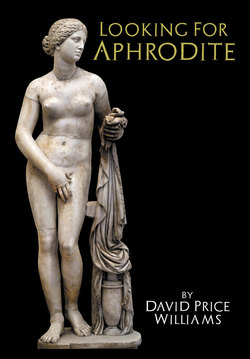Читать книгу Looking for Aphrodite - David Price Williams - Страница 38
Оглавлениеresearches. There among the finds was a small head, the sculpture of a female which Newton had discovered during his excavation in the Temenos of Demeter and which I mentioned earlier. This was immediately seized upon and it was publically suggested that it was the head of Aphrodite, and if not THE Praxiteles head then one very similar to it, and it was implied that the Museum had neglected this masterpiece and left it to gather dust in a store room. A huge song and dance was made about the said sculpture, and somehow the newspapers got hold of the story and inflated it into a full-blown scandal – this all-important piece of art history which the British Museum had ignored for over a century, unrecognised and unpublished, which had been consigned to the bowels of the basement – that kind of thing.
Well, all hell broke loose. Classical scholars waded in demanding to know what was happening. But the art historians stuck to their guns. It had been carved, they said, in the same fine-grained white Parian marble favoured by Praxiteles, just like the Aphrodite would have been, and the quality of workmanship, a late classical variety, the styling of the hair and the delicate folds in the neck, all indicated that it came from the hand of the master. The experts in the Graeco-Roman Department of the Museum were embarrassed, exasperated and angry by turns, accusing all and sundry of impugning their custodianship of their international collections, not to mention their own scholarship. They pointed out that the head had come from a very specific part of the site, the Temenos of Demeter, a shrine which was well known to them, and that this location precluded the sculpture from being anything to do with the famous statue of Aphrodite.
Actually, you will remember that at the time when it was first found, Newton had tentatively identified the head as that of Persephone, the daughter to Demeter, and most contemporary specialists tended to agree with this diagnosis. Far from being ignored, as was being suggesting, the head had actually been mentioned by Newton in his excavation reports and alas, the
30
